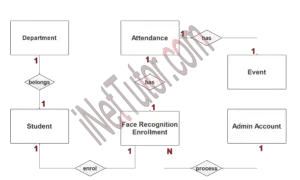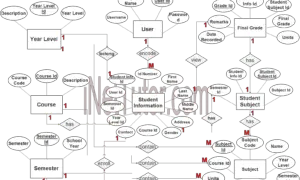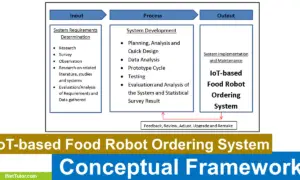Class Scheduling Conceptual Framework
This article will show you how to create a Class Scheduling conceptual framework. The Conceptual Framework is based on IPO model.
About the Project
Table of Contents
The study was conducted to assess the methods and processes used by the academic institution in preparing the class schedule, the problems encountered by the students and instructors with regards to speed, accuracy and efficiency in retrieving the class schedule, the level of acceptability on the current class scheduling, and the level of need for developing a Class Scheduling System. The Class Scheduler will assist the institution in making the schedule of classes in an efficient and easy way, as well as aid the students and instructors in checking their class schedules in a quick manner.
Objectives of the Study
- To let students view their class schedules online.
- To increase operational efficiency and productivity of schools in terms of allowing their students be informed timely about their class schedules.
- To reduce manual and rigorous management activities of schools.
- To easily retrieve records for reference, especially the records of class schedules.
Conceptual Framework Diagram
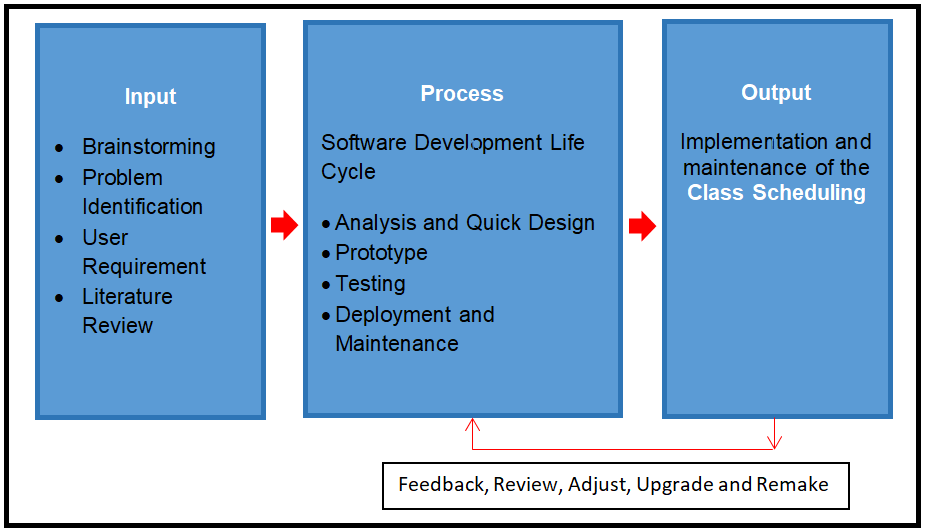
The accompanying diagram depicts the conceptual framework for the project Class Scheduling System. It’s based on the IPO (input, process, and output) model.
Input
The project will begin by evaluating the present process, which will lead to the stage of determining the users’ needs, also known as the user requirement stage. The researchers will also need to compile relevant papers and systems to use as a guide for the project’s development.
Brainstorming – The process of brainstorming is frequently employed to come up with new ideas or find solutions to issues. It involves a group of people getting together to talk about a subject or problem in an effort to come up with fresh concepts or solutions. As it encourages people to think creatively and come up with original solutions to issues, brainstorming can be a useful method for improving one’s ability to think creatively.
Problem Identification – A problem is an unfavorable circumstance that needs to be resolved by a person or group of people. Identifying a problem is the first step towards solving it. Finding the root of a problem is the next step after it has been discovered. Finding a problem can be done in a variety of ways.
One method of identifying a problem is to do a brainstorming session. During a brainstorming session, everyone in the room is allowed to speak out and list all of the problems that they are aware of. This method is useful because it allows many people to share their ideas and helps to identify problems that may have been overlooked.
Analysing the situation is another way to spot an issue. A person or group examines data during an analysis to see if it suggests a problem. This approach is beneficial since it enables an unbiased study of the data and might support the discovery of issues that would have gone unnoticed during brainstorming sessions.
User Requirement – User requirements are the specific needs that a user has for a software application. In order to create an effective user interface, user requirements must be gathered and considered during the development process.
There are a number of ways to gather user requirements. One common method is to conduct interviews or surveys with potential users of the software. This can be done early in the development process, before the software is complete.
Literature Review – A literature review is a critical assessment of the material that reputable academics and researchers have produced on a subject. It is frequently used to provide an overview of the current body of knowledge on a subject in the beginning to an academic work. Literature reviews come in a variety of forms, each with unique advantages and limitations.
Process
The researchers will select and choose the optimum software development life cycle model for the project in this section.
Analysis and quick design, prototyping, testing, deployment, and maintenance are all part of the process.
The systems development life cycle (SDLC) is a process that is used to develop information systems. The SDLC can be divided into six phases: planning, analysis, design, implementation, testing, and maintenance.
Planning is the first phase of the SDLC. In this phase, the system requirements are gathered and the project goals are established. The planning phase also determines the system architecture and the software development methodology that will be used.
Analysis is the second phase of the SDLC. In this phase, the system requirements are analyzed and evaluated. The analysis stage also determines whether the system can be implemented using existing technology and resources.
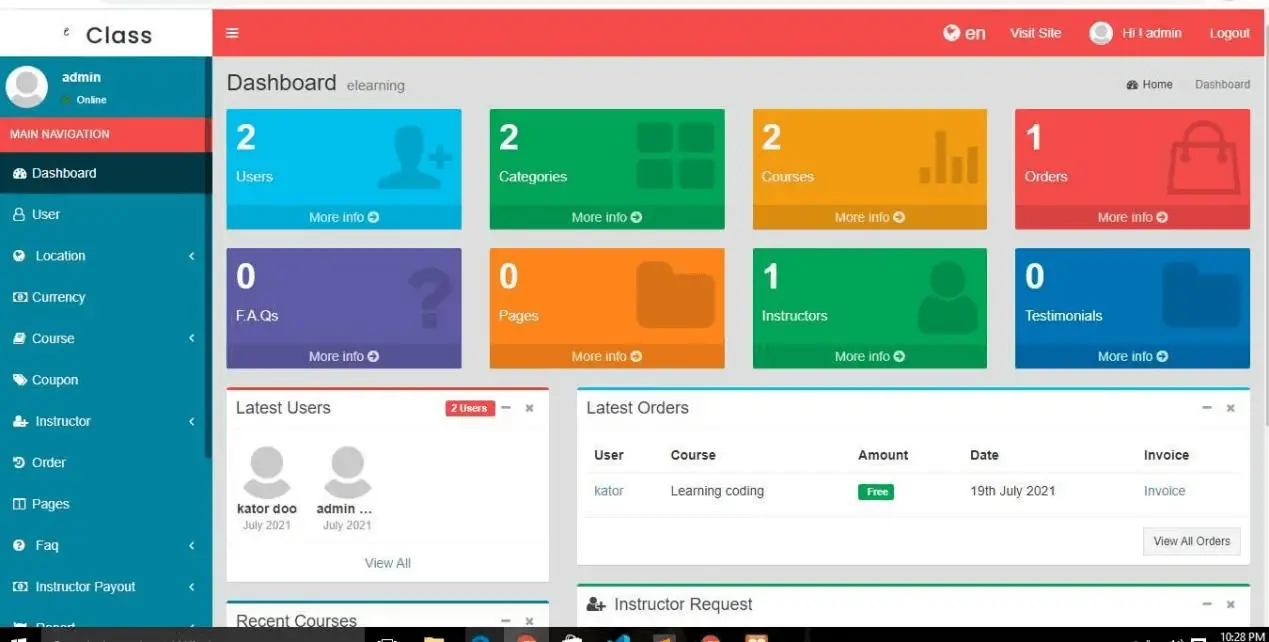
Design is the third phase of the SDLC. In this phase, the system requirements are refined and the design specification is created. The design phase also determines the system layout and component specifications.
Implementation is the fourth phase of the SDLC. In this phase, the system is developed using software development methodology and technology. The implementation stage also tests the system to ensure that it meets the design specifications.
Testing is the fifth phase of the SDLC. In this phase, the system is tested to determine whether it meets all of the requirements. The testing stage also determines whether the system can be implemented and used by users.
Maintenance is the final phase of the SDLC. In this phase, the system is maintained to ensure that it meets the current and future requirements. The maintenance stage also updates the design specification and fixes any problems that were found during testing.
The six SDLC steps are not always completed in the correct order. One step might occasionally be omitted or mixed with another. But for a system development project to be successful, all six phases must be followed.
Output
The project comes to life and is executed in the real world after all of the necessary procedures have been completed. A new project is born, and it will be maintained for the project’s long-term survival.
In recent years, there has been an increase in the use of automated class scheduling systems. These systems have changed the way classes are scheduled and have had both positive and negative impacts.
Benefits of automated class scheduling systems include the ability to save time and money. In the past, class scheduling was a time-consuming process that required manual input. With automated systems, this process can be done quickly and easily. Additionally, automated systems can help to improve the accuracy of class schedules.
Summary
This article describes how the study’s conceptual framework came to be. The input, process, and output model served as the study’s conceptual framework (IPO model). The researchers will begin by identifying the problem and the system’s user requirements. The researchers will look for relevant literature to back up their proposal. After obtaining all of the essential inputs, the researchers will begin the project development process. The researchers will select an SDLC model that is suited for the project. When all of the necessary procedures have been completed, the project will be brought to life and realized in the real world. A fresh initiative has emerged, and it will be cultivated in order to secure the project’s long-term viability.
Readers are also interested in:
Scheduling System in Laravel Free Source code
Automated Class Scheduling System in Visual Basic
Class Scheduling System Review of Related Literature
You may visit our Facebook page for more information, inquiries, and comments. Please subscribe also to our YouTube Channel to receive free capstone projects resources and computer programming tutorials.
Hire our team to do the project.
